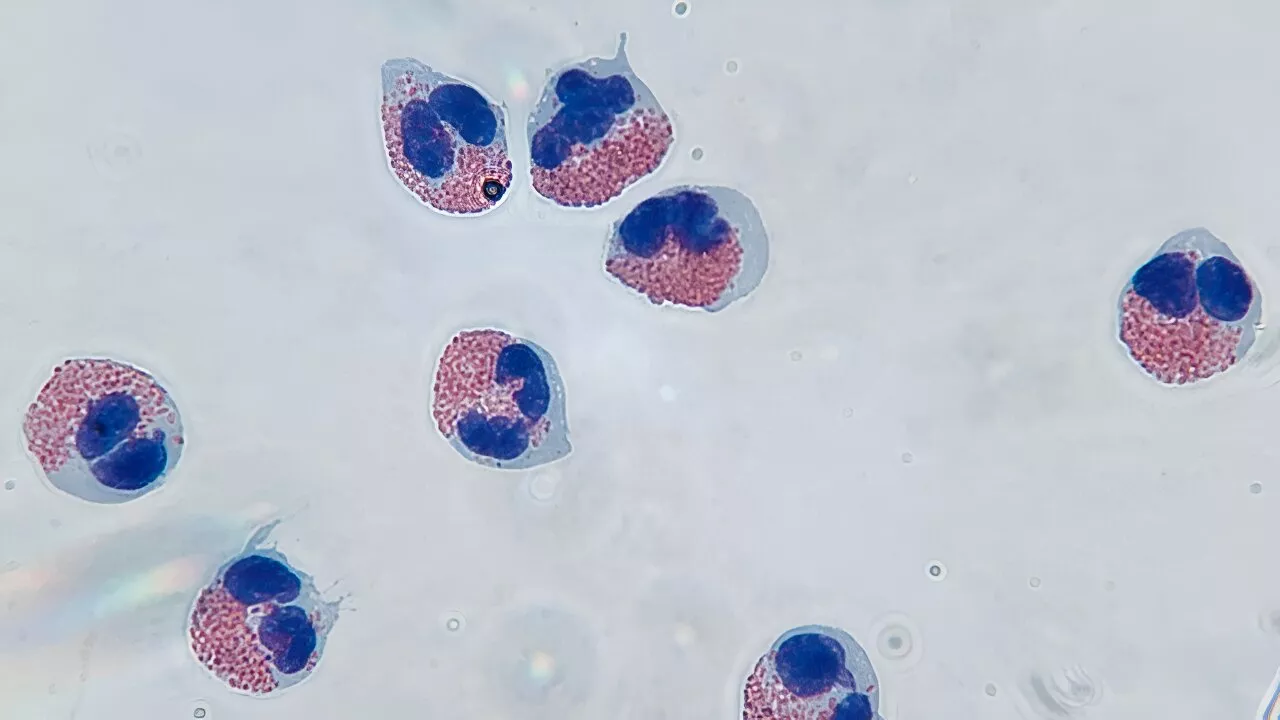Study reveals that precision-guided treatment (PGT) improves outcomes in high-risk pediatric cancer patients, but clinical adoption remains low due to physician uncertainty and lack of long-term survival data.
By Dr. Priyom Bose, Ph.D.Jun 10 2024Reviewed by Benedette Cuffari, M.Sc. A recent Nature Medicine study investigates the effectiveness of precision-guided treatment in children at a high risk of cancer.
Although pediatric precision oncology-based research has successfully identified molecular targets in over 65% of children with high cancer risks, the clinical application of this strategy is significantly low. This low clinical uptake of precision medicine could be attributed to physician uncertainty towards the efficacy and benefit-risk balance of PGT.
The current study aimed to determine the proportion of pediatric cancer patients to be recommended to physicians for PGT in a clinically relevant time frame. Subsequently, the treatment response and survival rate of patients receiving PGT, as compared to those who were not prescribed PGT, were also assessed.
Study findings In the current study, 50-60 individuals, including clinicians, subject matter experts, and scientists, attended weekly molecular tumor board presentations. Every patient included in this study was discussed for 10-15 minutes during these meetings. These improvements have been attributed to targeting fusions and early treatment for children with a higher risk of malignancy. Selection of new anti-cancer agents based on the genomic profile also contributed to improved survival rates.
Cancer Treatment Medicine Precision Medicine Children DNA Efficacy Germline Oncology Research Tumor
United Kingdom Latest News, United Kingdom Headlines
Similar News:You can also read news stories similar to this one that we have collected from other news sources.
 World-first study into precision medicine for high-risk childhood cancer yields promising resultsIn a world-first, Australian researchers and clinicians have shown that precision medicine—where treatment is tailored to an individual child's cancer—leads to significantly improved outcomes in children with high risk cancer.
World-first study into precision medicine for high-risk childhood cancer yields promising resultsIn a world-first, Australian researchers and clinicians have shown that precision medicine—where treatment is tailored to an individual child's cancer—leads to significantly improved outcomes in children with high risk cancer.
Read more »
 Study sheds light on the origin of eosinophils and effects of current precision therapiesEosinophils are specialized cells of our immune system. They are identified by their distinctive granules that stain red when treated with an acidic reagent, eosin, that gave them their name. Eosinophils are typically rare in our blood and tissues, accounting for about 3% of our white blood cells.
Study sheds light on the origin of eosinophils and effects of current precision therapiesEosinophils are specialized cells of our immune system. They are identified by their distinctive granules that stain red when treated with an acidic reagent, eosin, that gave them their name. Eosinophils are typically rare in our blood and tissues, accounting for about 3% of our white blood cells.
Read more »
 Closed Loop Medicine and Pharmanovia commence OptiZest study for their first precision medicine combination therapeuticClosed Loop Medicine Ltd, a leading TechBio company developing combination prescription drug plus software therapy products that deliver personalized dose optimization, and Pharmanovia, a global pharmaceutical company that commercializes novel medicines and revitalizes, extends and expands the lifecycle of established medicines, today announced...
Closed Loop Medicine and Pharmanovia commence OptiZest study for their first precision medicine combination therapeuticClosed Loop Medicine Ltd, a leading TechBio company developing combination prescription drug plus software therapy products that deliver personalized dose optimization, and Pharmanovia, a global pharmaceutical company that commercializes novel medicines and revitalizes, extends and expands the lifecycle of established medicines, today announced...
Read more »
 Study finds accounting for sex improves precision and prognostic performance of CMR biomarkers for heart failureResearchers investigated the influence of sex on cardiac magnetic resonance (CMR) assessment of left ventricular filling pressure (LVFP) in heart failure (HF) diagnosis.
Study finds accounting for sex improves precision and prognostic performance of CMR biomarkers for heart failureResearchers investigated the influence of sex on cardiac magnetic resonance (CMR) assessment of left ventricular filling pressure (LVFP) in heart failure (HF) diagnosis.
Read more »
 Study may facilitate the development of new personalized treatments for schizophrenia An International Study Publi...An international study led by the Hospital del Mar Medical Research Institute, in collaboration with researchers from the Neuropsychopharmacology Group at the University of the Basque Country (UPV/EHU) and researchers from the CIBER of Mental Health (CIBERSAM), and published in Nature Communications, may facilitate the creation of new personalized...
Study may facilitate the development of new personalized treatments for schizophrenia An International Study Publi...An international study led by the Hospital del Mar Medical Research Institute, in collaboration with researchers from the Neuropsychopharmacology Group at the University of the Basque Country (UPV/EHU) and researchers from the CIBER of Mental Health (CIBERSAM), and published in Nature Communications, may facilitate the creation of new personalized...
Read more »
![]() Enhanced Semiconductor System Refurbishment: The Monmouth Scientific Modular Cleanroom at NIKON Precision's Scottish FacilityNIKON Precision sought to enhance its semi-conductor machinery refurbishment process by incorporating an advanced cleanroom facility into its existing structure in Scotland.
Enhanced Semiconductor System Refurbishment: The Monmouth Scientific Modular Cleanroom at NIKON Precision's Scottish FacilityNIKON Precision sought to enhance its semi-conductor machinery refurbishment process by incorporating an advanced cleanroom facility into its existing structure in Scotland.
Read more »
